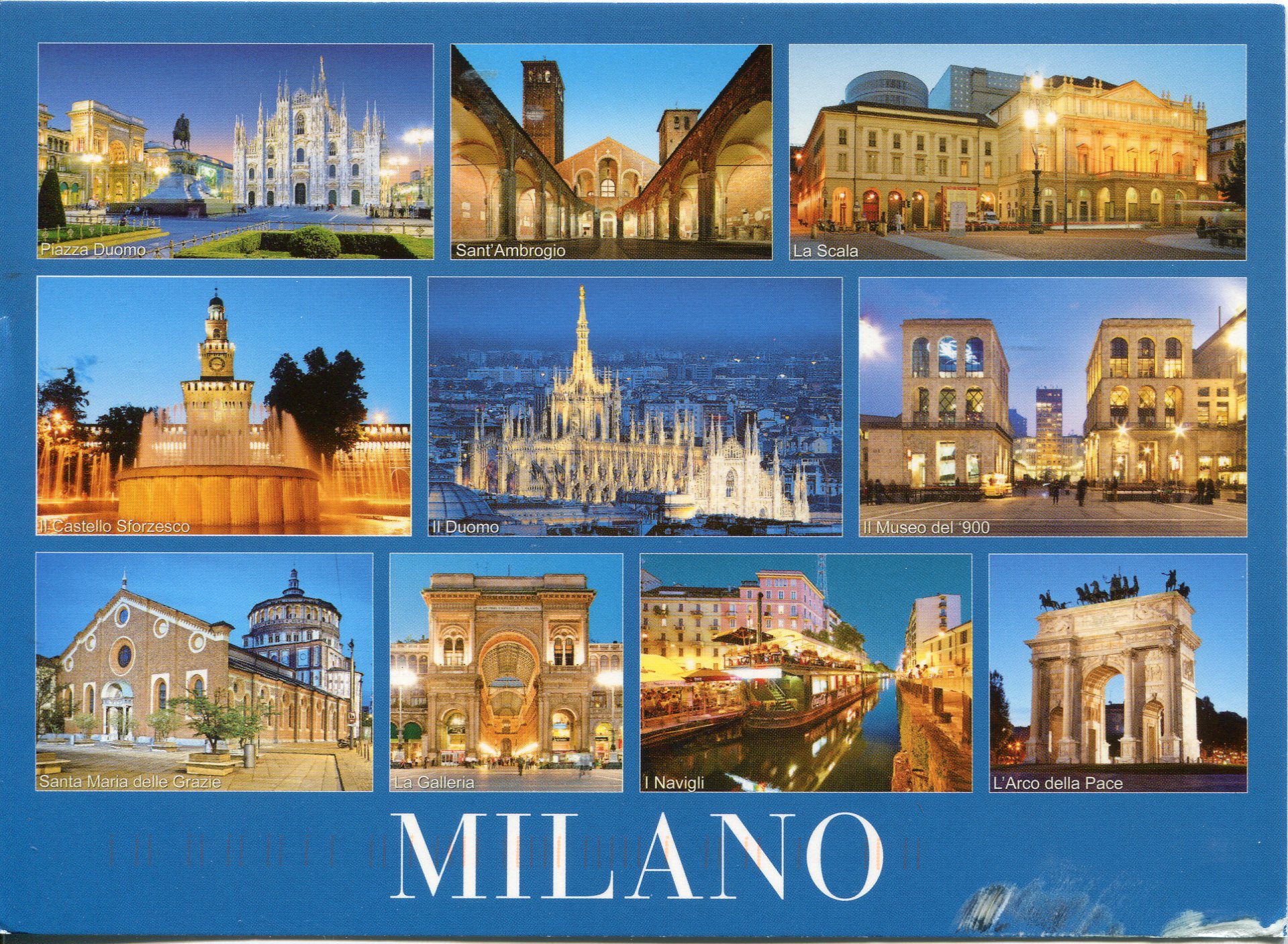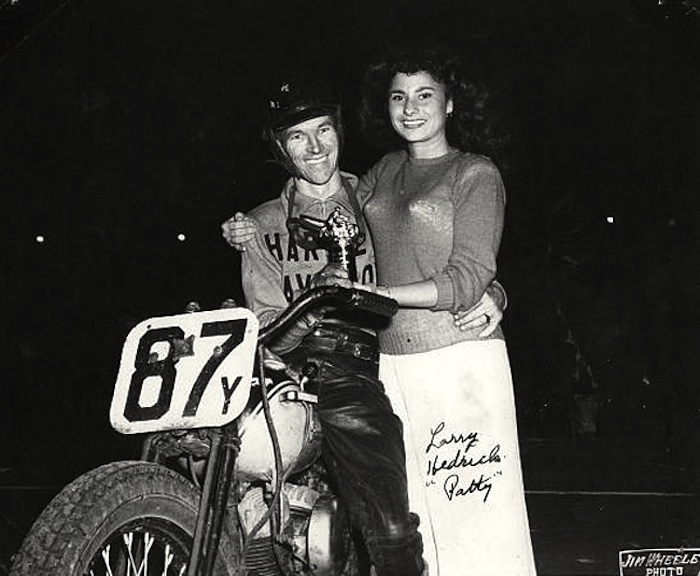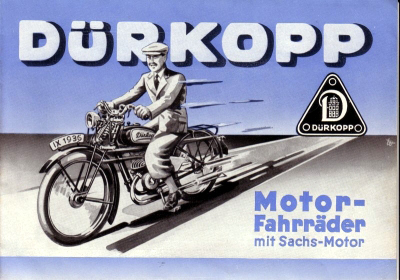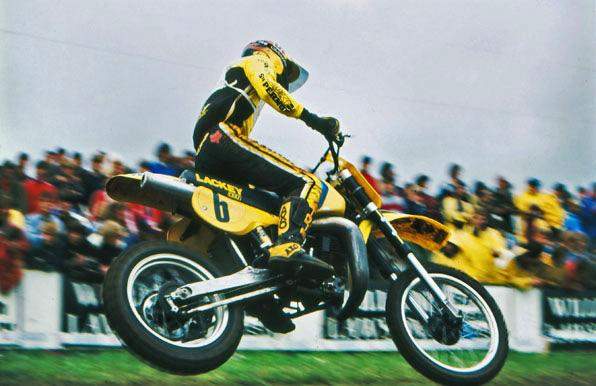



Aprilia Vice President Leo Mercanti had a shit-eating grin on his face as he showed a number of their new bikes and products at the 64th EICMA International Milan Motorbike Show (EICMA 2006).
The '06 Milan Aprilia exhibit was highlighted by four completely new products: an automatic transmission unit called the 850 Mana, a new mid-size entry called the SL 750 Shiver, a new motocrosser dubbed the “MXV”, and a four-cylinder, 200hp engine capable of powering the brand in future MotoGP competition.
The Mana 850 is powered by a 90-degree V-twin engine delivering 75 hp at 7250 rpm. However, the focal point of the innovative bike was without a doubt the electronically controlled seven-speed sequential transmission that allowed a rider to switch from automatic mode to sequential mode at any time and in any riding condition.
In automatic mode, everything is controlled electronically. The CVT transmission enables the engine to be run at maximum torque at all times, emphasizing pick-up and acceleration. The electronic control system has three different mappings — Touring, Sport and Rain — enabling the rider to choose the type of operation most appropriate to the situation.
In Sequential mode, the rider would choose the gear by means of either the control on the handlebars or a pedal command. A servo-assisted mechanism acts mechanically on the main pulley, making changing between the seven ratios extremely rapid.
The SL 750 Shiver also contains some unique traits, including “ride by wire” electronic management of the accelerator.
The “ride-by-wire” engine management unit controls all engine parameters. All data passes through a CAN (Controlled Area Network) line to the instrument panel, which also acts as a diagnostic terminal. The CAN line uses just two wires to transmit all data.
Powered by Aprilia’s new 90-degree V2 engine producing 95hp, the 416-pound Shiver is further outfitted with a 43 mm upside down fork, lay-down shock absorber resting directly on the swingarm, and the biconical aluminium handlebars from the Tuono. Stopping power comes from braided brake lines hooked to radial-mounted calipers using the same 320 mm front disks mounted on the the RSV 1000 and Tuono 1000 R.
The next new Aprilia product that was shown, the MXV 450, it was the third bike in the company’s “V” range, joining the enduro RXV and supermoto SXV.
Finally, Aprilia’s new 999cc, 65-degree V4 engine produces more than 210bhp at 13.500rpm. The company says it will start testing the engine in a brand new chassis this spring, and plans on the first finished version to be at next year’s EICMA show for a 2008 attack on the World Superbike crown.
Geez, my pan has a kickstart, a four-speed and an ignition switch wired backwards that I was too lazy to change.
Today in motorcycle history proudly supports the National Association for Bikers with a Disability (NABD). www.nabd.org.uk
Today in motorcycle history proudly supports the National Association for Bikers with a Disability (NABD). www.nabd.org.uk
























